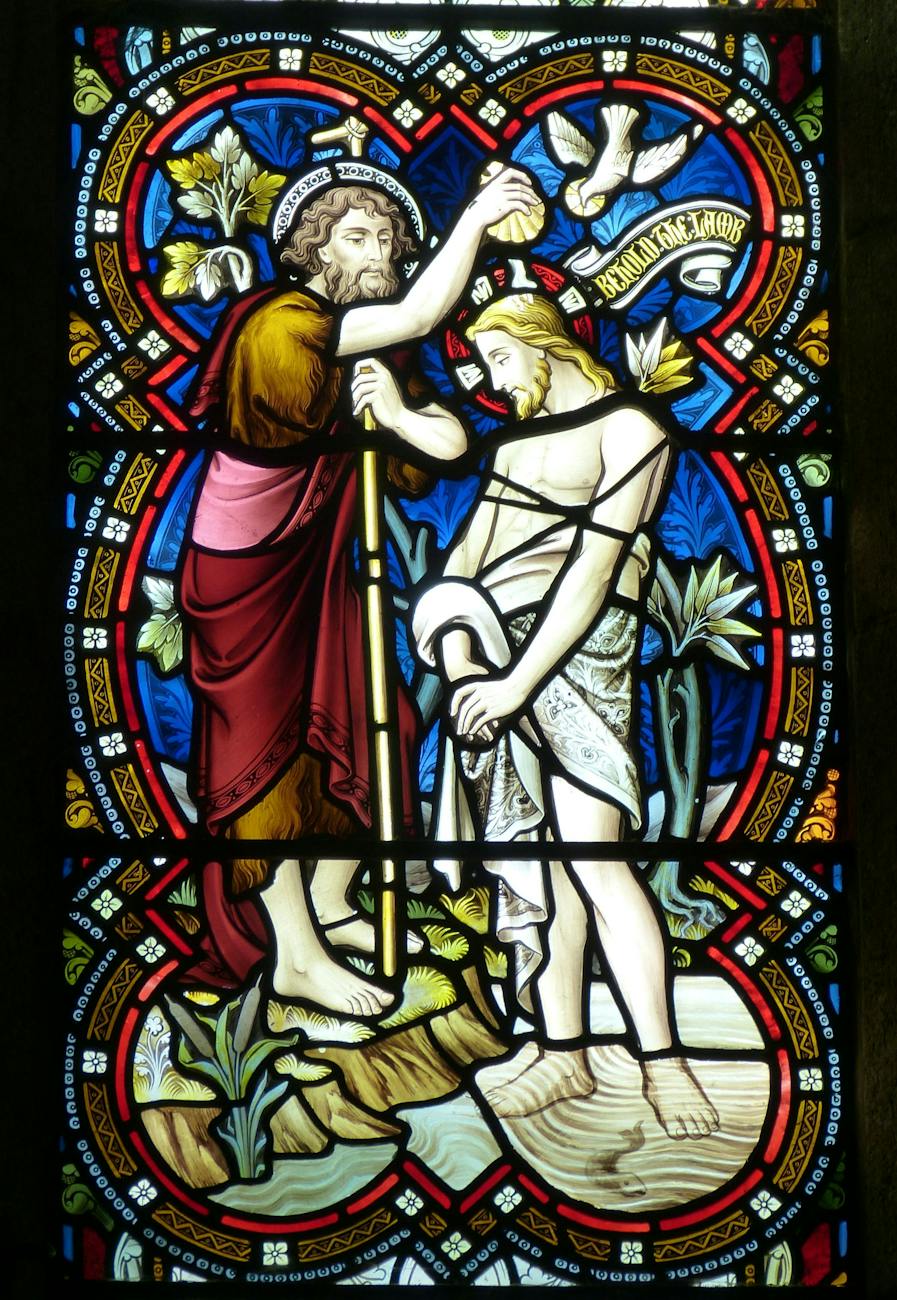Copyright Table
I proposed this table for two reasons:
- To facilitate bibliographic citation of e Sword resources;
To provide a way to easily determine the copyright status of a resource;
- This table is automatically created by BeST 2.0. Other utility programs may also create it.
-
|
|
|
|
|
|
By definition, the following record numbers are reserved:
Record 0: The tool that created the resource;
Record 1: The first edition hard copy;
Record 2: The edition that was used as the source text;
Record 3: Electronic text copyright information;
Record 4: e Sword module copyright information;
Record 5 and higher: Changes to the module;
- In practice, those specifications are not always strictly adhered to. :(
-
- In the following database, fields are rows, not columns1.
|
|
|
|
|
| 1 | Record Number | Internal Tracking number | Autonumber |
| Jonathon Blake | Display name of the author | Name of the author/editor/transcriber of the material. | Text |
|
| Display title of the material. | Title of the material. | Text |
| Seattle WA | Display place of publication. | Place of publication. For material that originally appeared on the Internet, the URL is to be listed. | Text |
| Author | Display name of publisher. | Name of the publisher | Text |
| 2005 2006 | Display year of publication | Year of publication | Text |
| 0.0.68.0 | Edition that the module is of | Edition or Version information. | Text |
| Creative Commons Deed Attribution Non Commercial Share Alike 2.0 | Display Copyright Status or License | License or Copyright status of the format. | Memo |
| Send a letter to Creative Commons, 543 Howard Street, 5th Floor, San Francisco, California, 94105, USA requesting a copy of the legal code. | Notes about the text/edition/format |
| Memo |
Table 3: Copyright
1There are too many fields to have them all displayed in one row.








